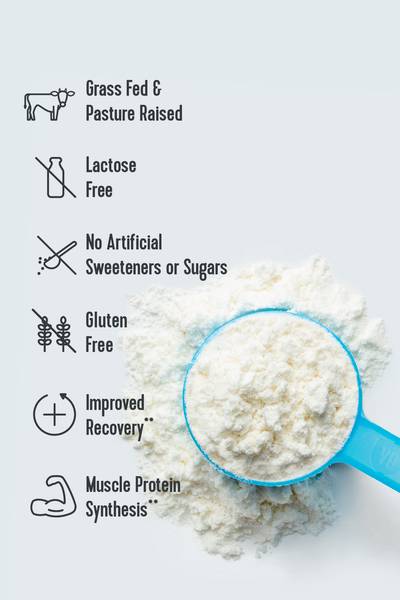Are you looking for a low-impact workout that can help build strength and stability? Enter: the Pilates workout. Though it has gained popularity in recent years, Pilates was first created by Joseph Pilates over 100 years ago as a method of recovery for dancers, according to the Cleveland Clinic.
Even if you don’t have much time to work out, you can set just 20 minutes aside for this Pilates workout. And, since the workout we created just for you doesn’t require any equipment, you can be done with your workout in less time than it would take you to get to and from the gym. Getting up from your desk or taking a break for self-care can leave you refreshed, energized and stronger.
What is a Pilates Workout?
Pilates is a low-impact workout that primarily focuses on core strength. Quick refresher: your core isn’t just your abs—your core musculature also includes your hip adductors, lower back muscles, pelvic floor, lats, traps and glutes.
In addition, Pilates moves are often done on a mat with body weight, resistance bands or light weights, as the primary focus is muscle tone rather than building muscle strength. Some Pilates classes are also done on a reformer, which adds resistance. Similar to yoga, Pilates moves are guided by your breath and many classes focus on mindfulness. But what sets it apart is that the focus lies in muscle movements and core exercise, rather than meditation.
Related Articles
Is 30 minutes of pilates enough?
The amount of time you spend doing a Pilates workout depends on your goals and fitness levels. (Are you tired of us saying this yet?) For most people, 20 to 30 minutes of intense Pilates a few times a week can be great exercise. Keep in mind that Pilates exercises are very different from other workouts, and you should be sure to work with a trainer to ensure that you are doing the moves properly so you don’t risk injury. Once you’re comfortable with the moves and you feel that they are no longer challenging you, you can try increasing your workout time and intensity.
However, you shouldn’t limit yourself to just Pilates. For a well-rounded fitness routine, add in strength training, cardio and recovery days too.
What are 5 pilates exercises?
When you think of Pilates, you might think of a reformer set up in a studio. But there are plenty of classic Pilates moves you can do anywhere, no reformer required. Pilates exercises are often repeated movements (think: Pilates Hundred) that focus on core strength and full-body muscle stability. Pilates exercises include the Pilates hundred, toe taps, leg lifts, breathing exercises and bridge.
This workout, created by Lisa Payne, CPT, turns 5 pilates exercises you’d find in a pilates class into a full-body circuit you can do anywhere.
Glute Bridge
Lie on the floor with knees bent and feet flat on the ground. Push your feet down and lift your hips up while squeezing your glutes. Then with a slight tuck of the tailbone, slowly lower your hips back to the ground while pulling your naval towards your spine.
Single-Leg Glute Bridge
Keep the same positioning but lift one leg off the ground with the foot pointing toward the ceiling. Brace core and raise hips up and down with control.
Roll Up
With both knees bent and feet flat, reach your arms above your head. As if you were trying to touch the ceiling, roll your torso up and forward, rounding your back over your knees. Engage through your abdominals to lower back down one vertebrae at a time.
Hundred
Come up to a tall seat with both knees bent. Lean your upper body back slightly, into a hollow hold. Bring your arms by your sides with palms hovering above the ground beside your hips. Pulse your palms down towards the ground and count to 100.
Mermaid Oblique Crunch
Sit with both legs crossed. Then, take your right leg behind you so that both knees are bent in a cheerleader-like position. With the left leg in front, reach your right arm up and over to the left. Then, reach your left arm over to the right.
Vital Note: This article has been made available for informational and educational purposes only. It is not intended to be a substitute for professional medical advice, diagnosis, or treatment. Always seek the advice of your physician or another qualified health provider with any questions you may have regarding a medical condition. Your licensed healthcare professional can best provide you with the diagnosis and treatment of any medical condition and assist you as well in deciding whether a dietary supplement will be a helpful addition to your regimen.
















